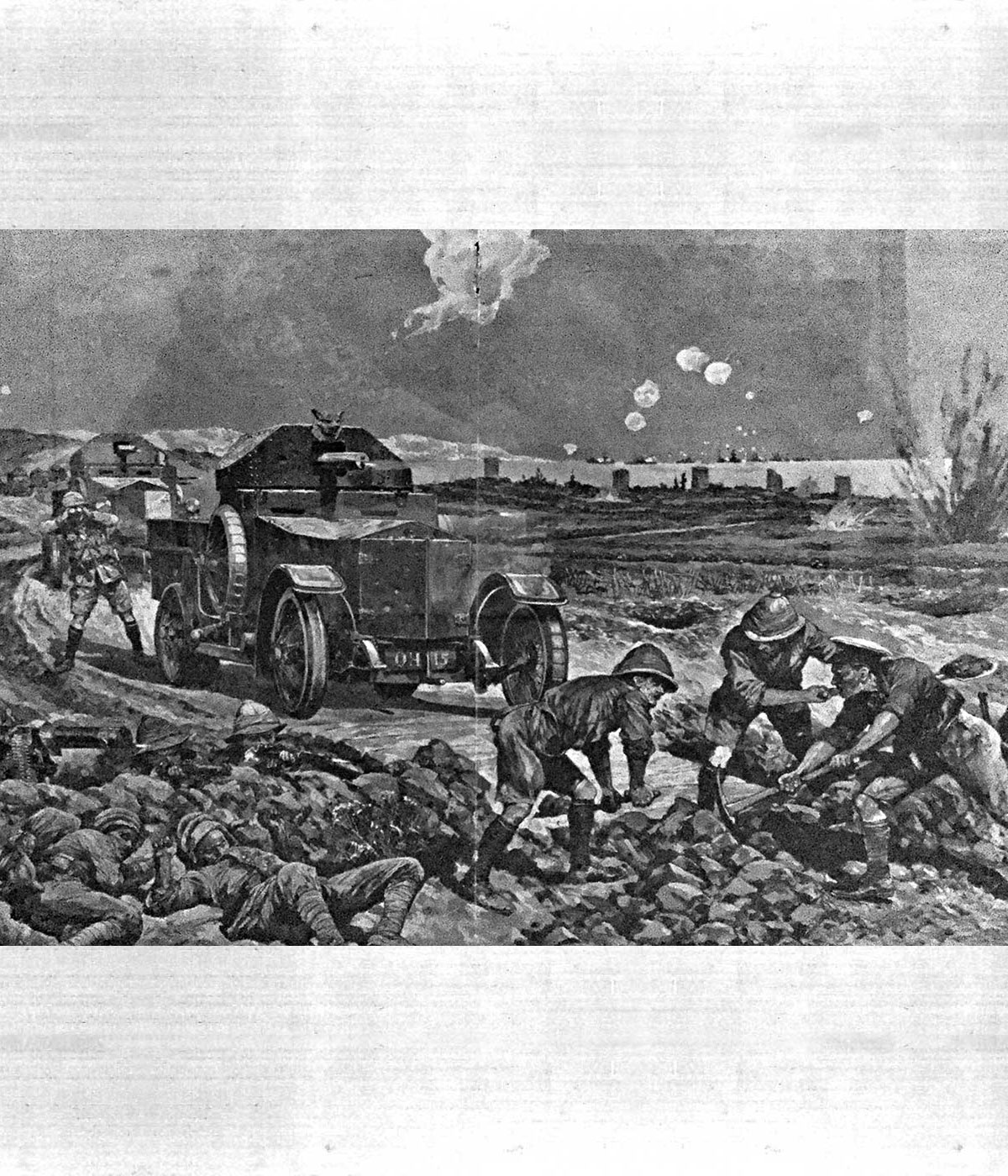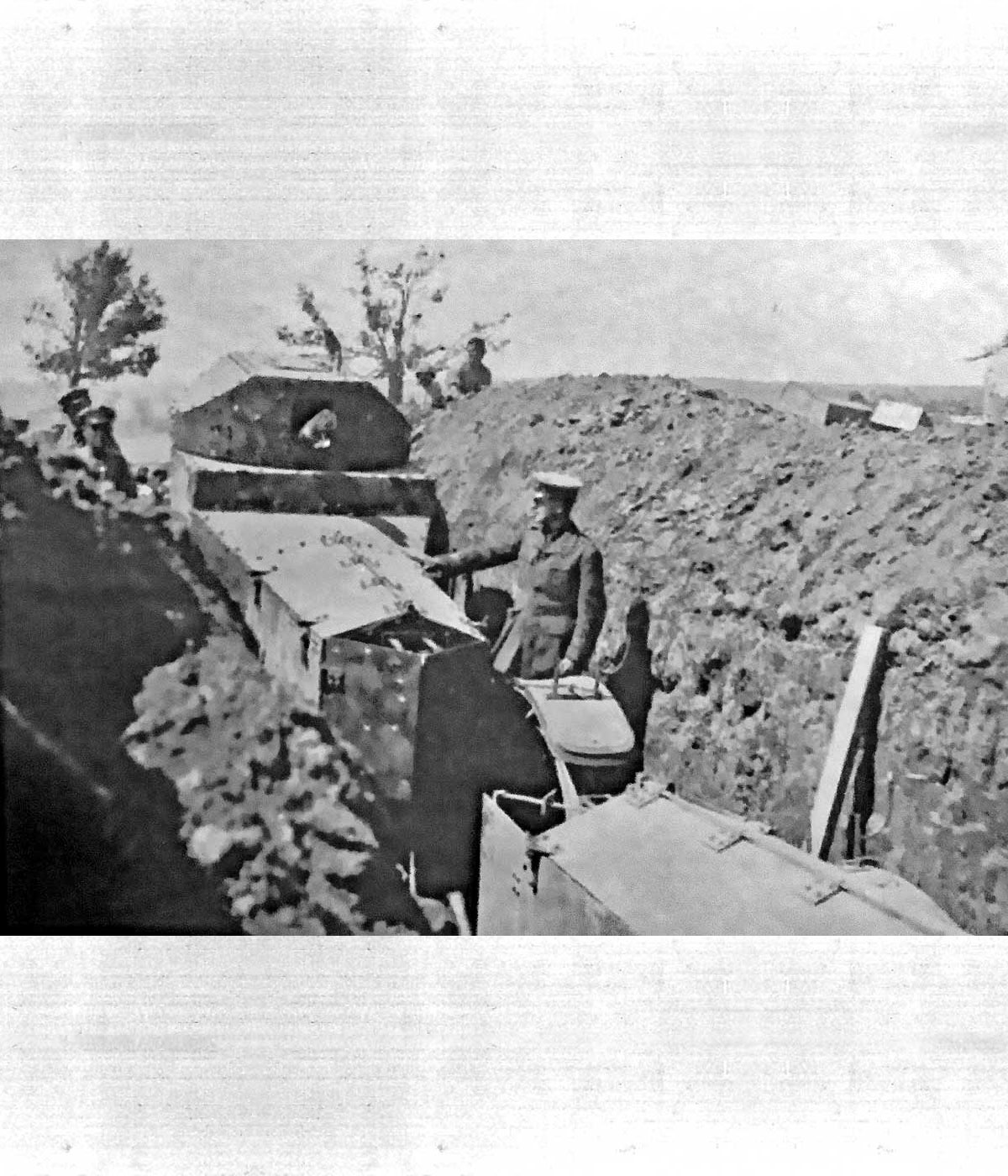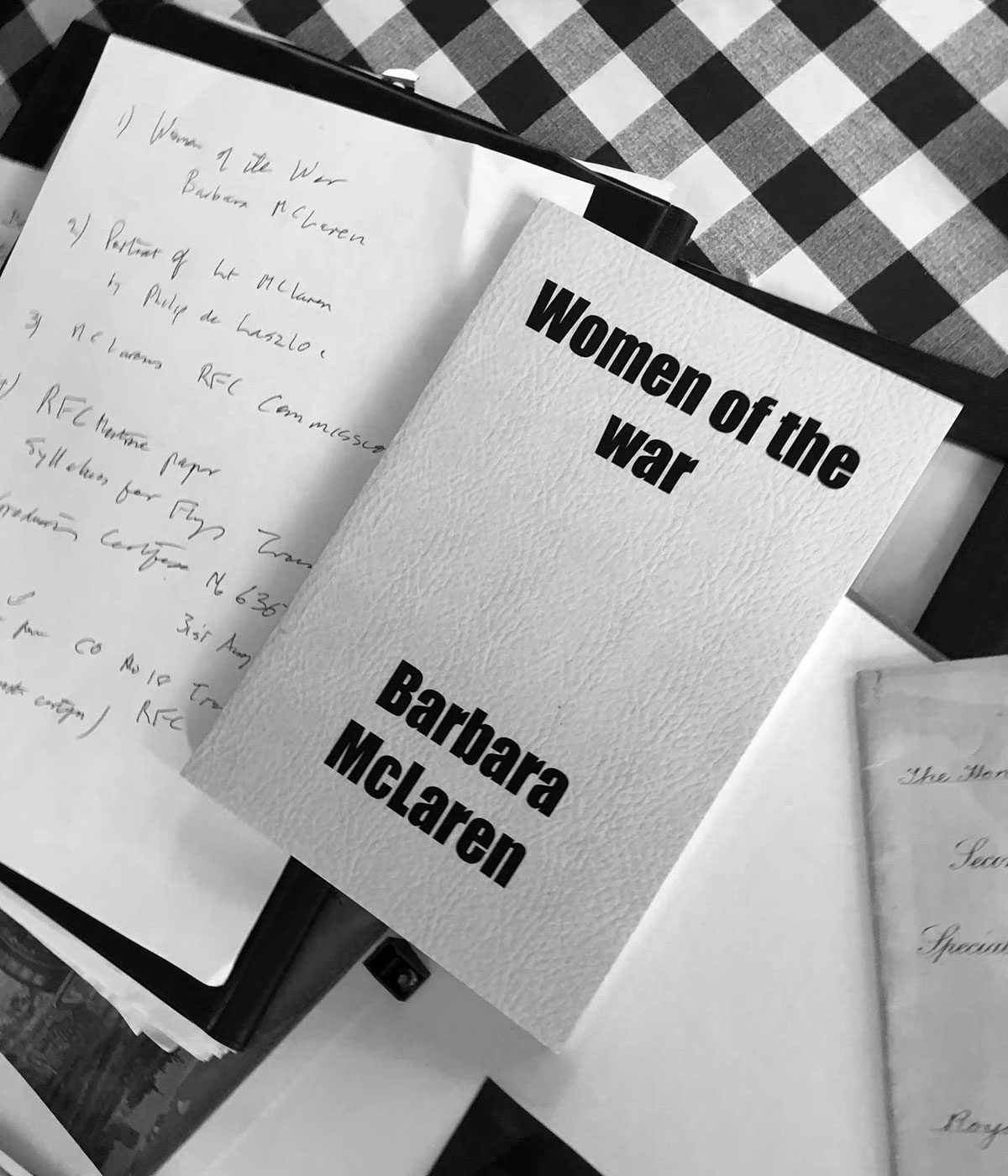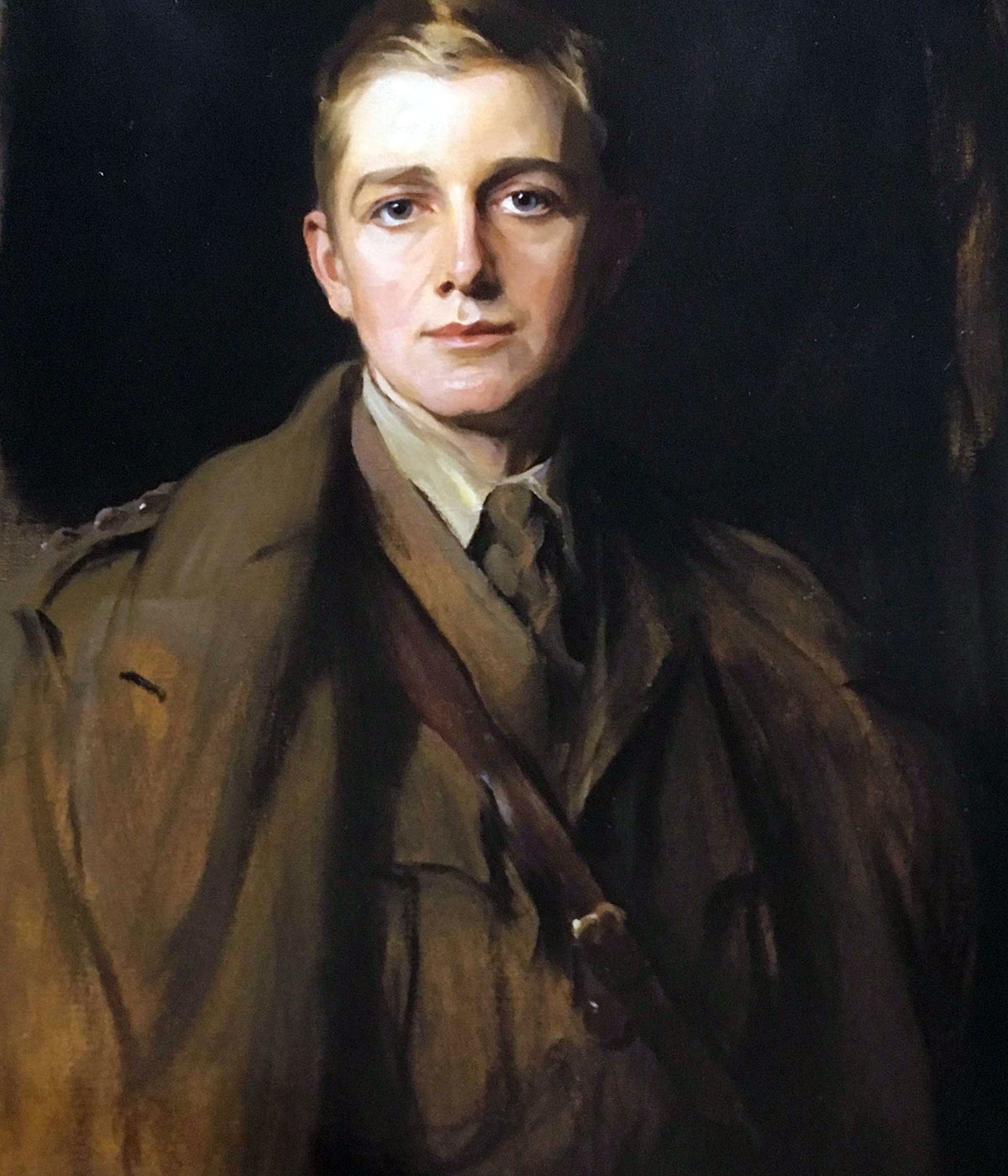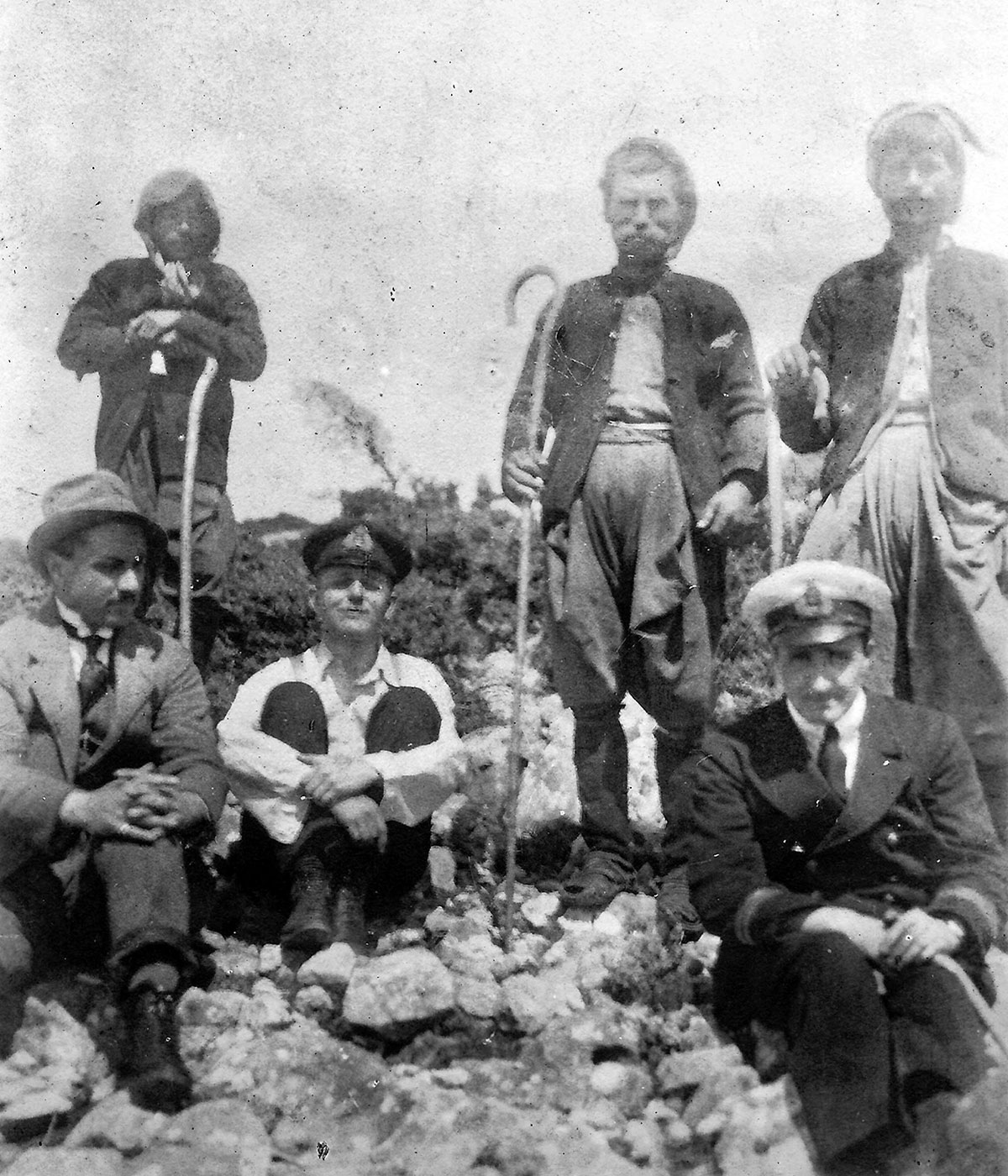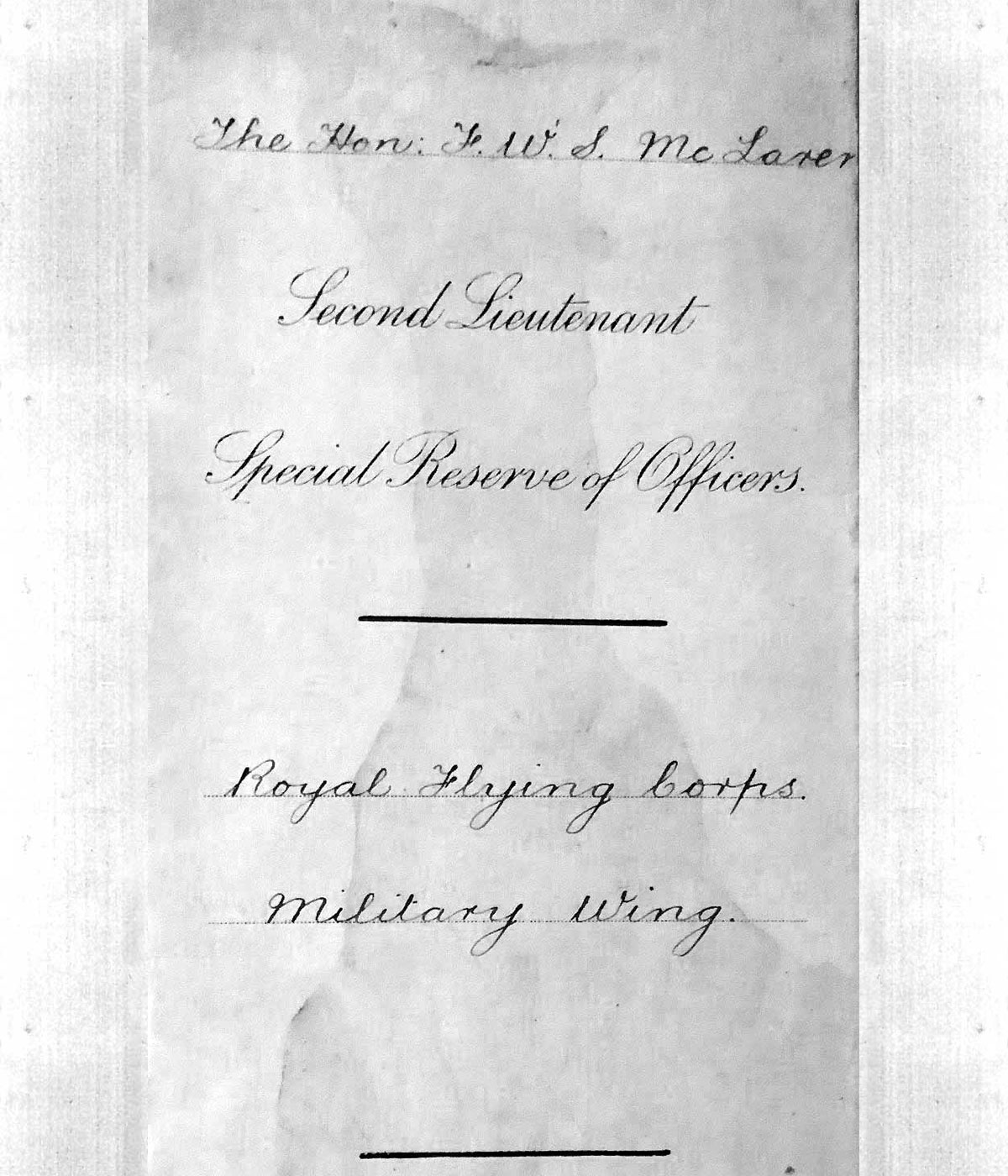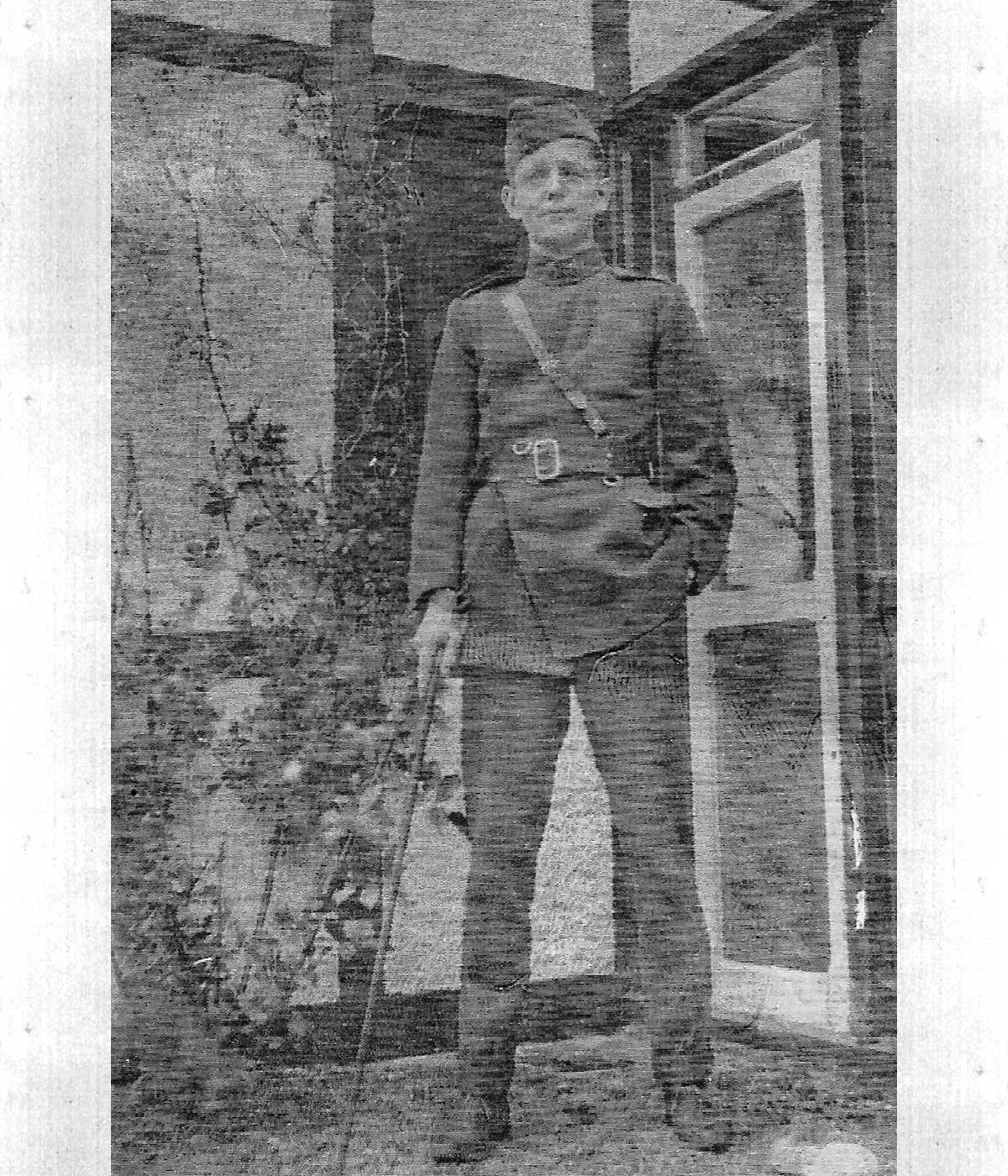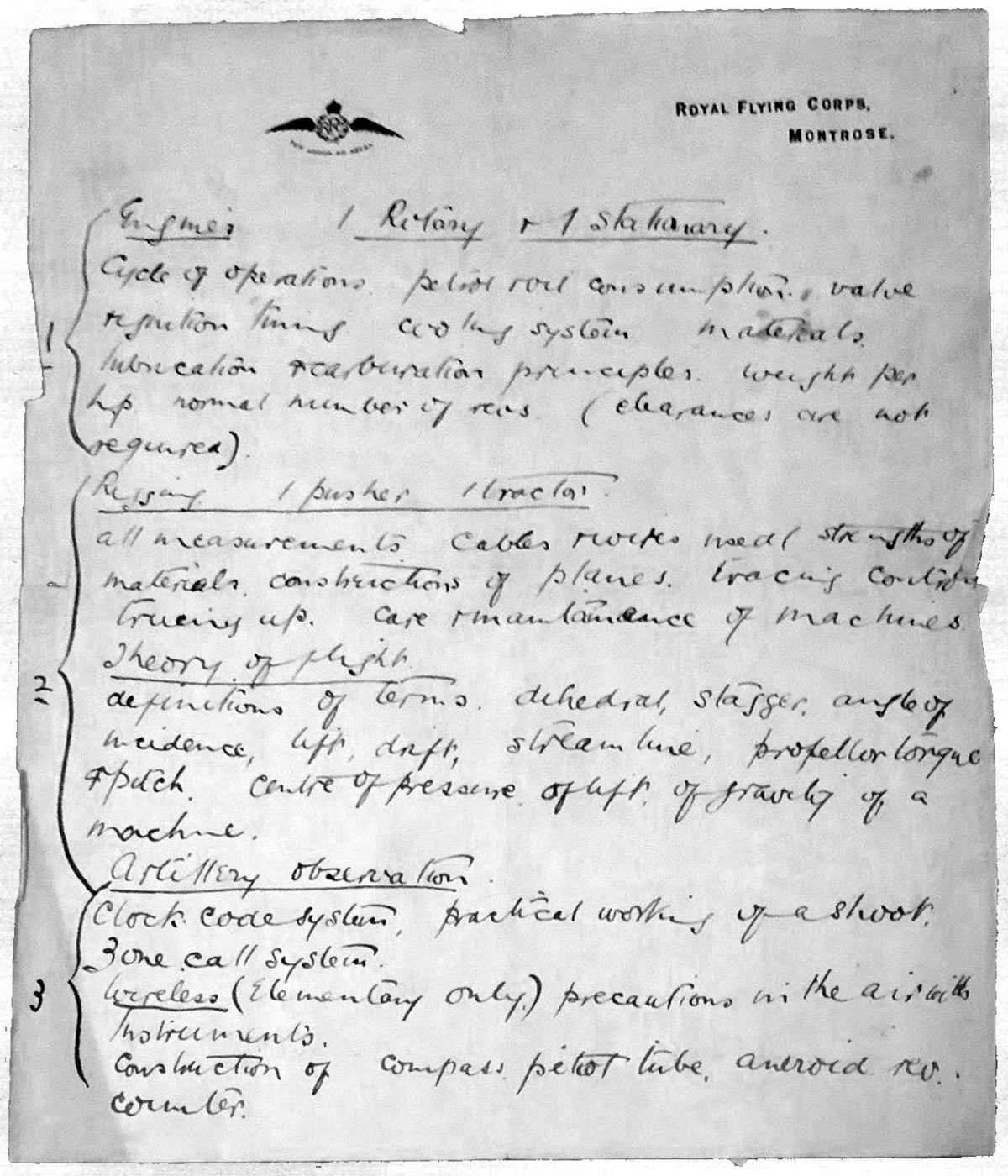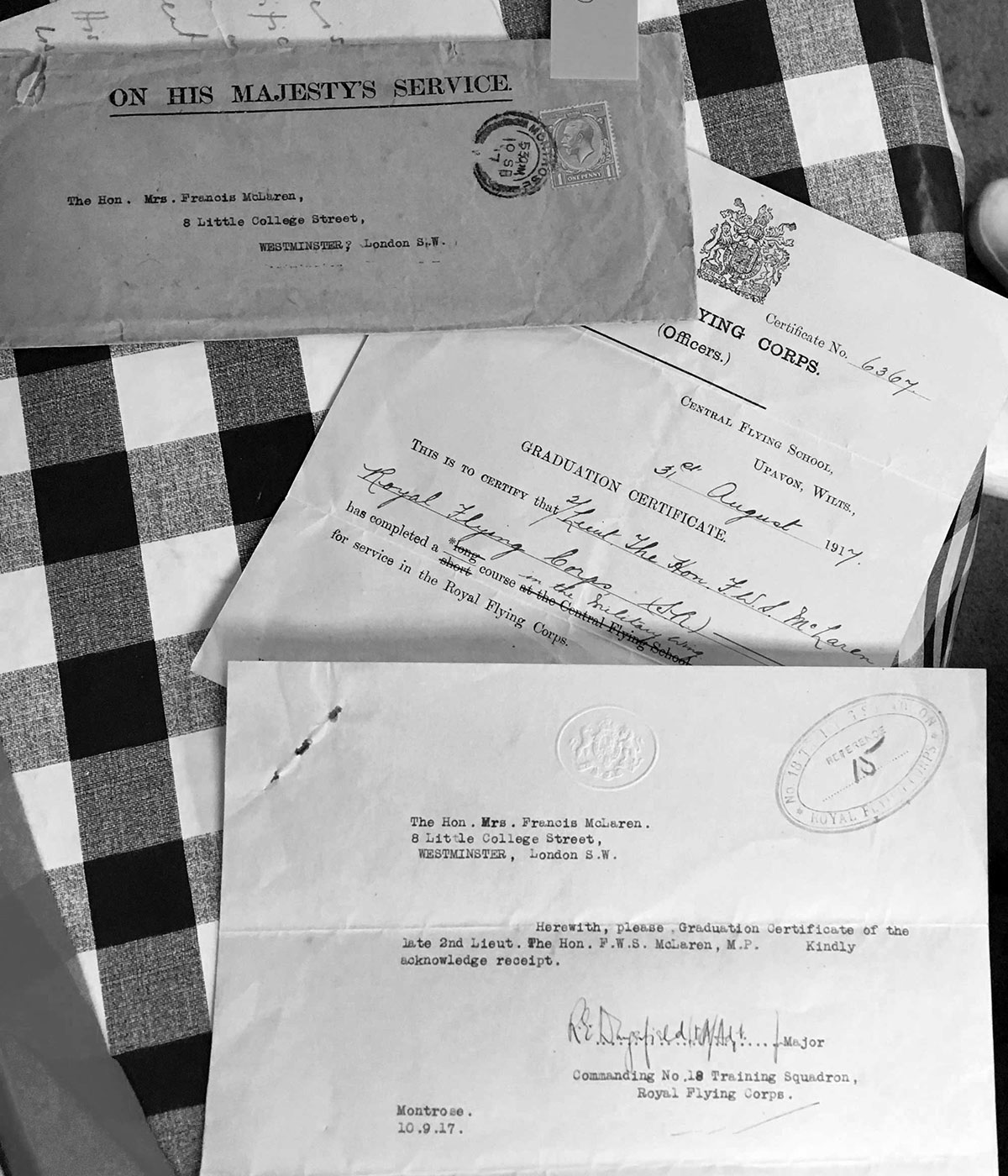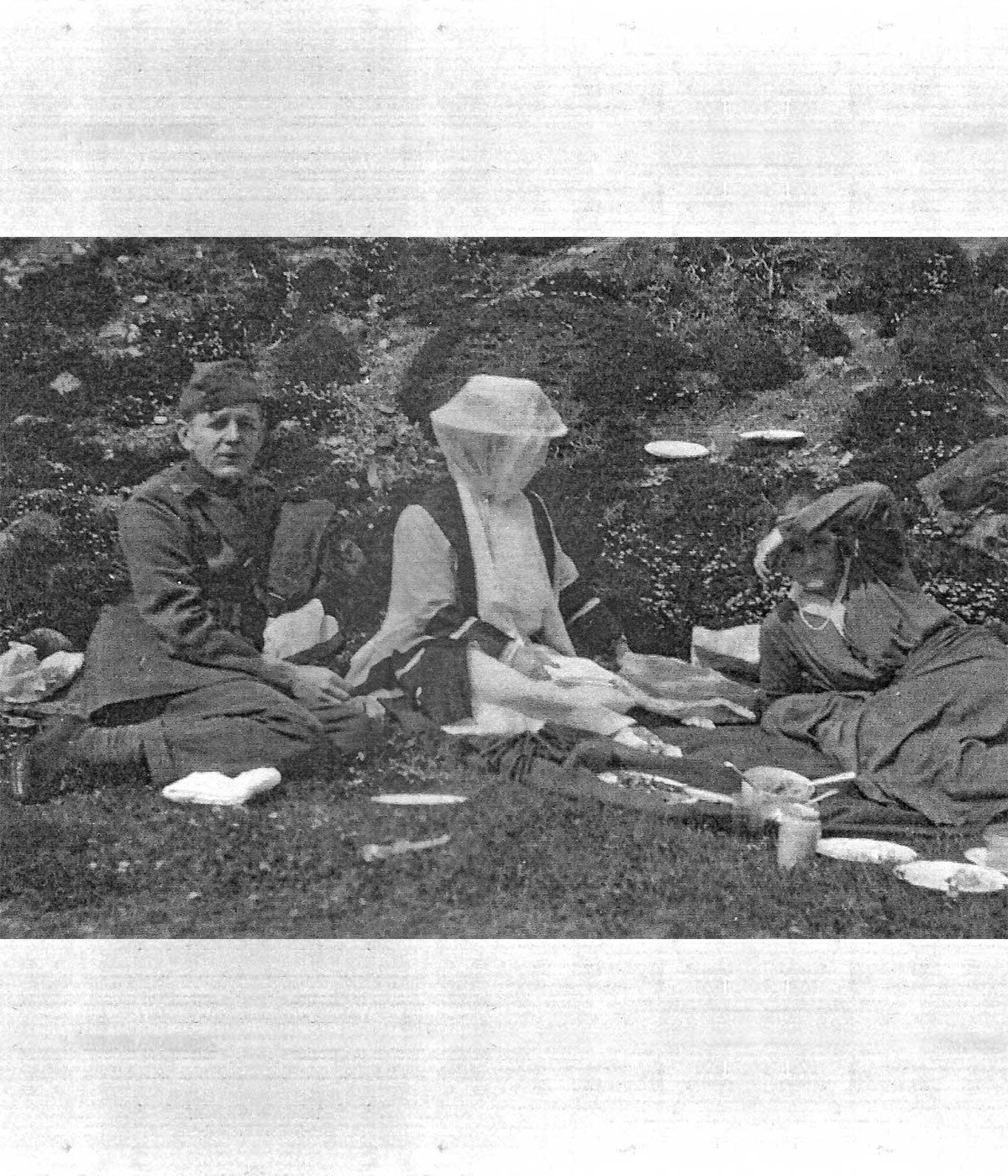‘Greatly as he had won the heart of the Spalding Division in the political days by his personal magnetism, his instant appeal to the instinct of the people and by his character as a gentleman, he had enormously entrenched his position and established his popularity by his conduct in the war. In the first days of hostilities he came to Spalding to appeal for recruits and for a cessation of political warfare. When he next came he wore His Majesty’s uniform.’
– Spalding Guardian, 31st August 1917
1914
September: Takes a commission in the RNVR and goes to Ostend and the defence of Antwerp. Joins the armoured car section, reflecting his love of motoring (he has had his own Rolls Royce cabriolet since 1913).
1915
Goes to Gallipoli with Sir Ian Hamilton.
June 4th: At the 3rd Battle of Krithos, engages with his armoured car. Francis is skeptical about the value of these cars in such terrain and this is the only action that the cars see in Gallipoli. The Division, however, takes part of some of the most dangerous back-up work of the Campaign.
Mentioned in dispatches:
‘I still have vivid recollection of your carrying me down that long sap, And how it wound about. I thought it would never end.’
Wounded, with a face damaged from sandblast and suffering from dysentery, he is eventually sent home.
1916
January: Enters the RFC but is invalided out with influenza, to his great frustration.
1917
Is refused recommission to the RFC despite persistent application. To his great delight he eventually succeeds and starts training in Montrose, which he greatly enjoys. His wife and sons join him there in July, living in a house by the golf links.
30th August: Killed on his last training flight and is awarded his wings posthumously.
‘He entered the Royal Flying Corps partly because it appealed to his adventurous spirit, partly from sheer gallantry, but knowing that in the chances between life and death the balances were weighted in death’s favour’
– Spalding Guardian, Friday August 31st 1917
1922
The War Memorial at Spalding is dedicated by Sir Ian Hamilton, Francis’ commander at Gallipoli.
‘Greatly as he had won the heart of the Spalding Division in the political days by his personal magnetism, his instant appeal to the instinct of the people and by his character as a gentleman, he had enormously entrenched his position and established his popularity by his conduct in the war. In the first days of hostilities he came to Spalding to appeal for recruits and for a cessation of political warfare. When he next came he wore His Majesty’s uniform.’
– Spalding Guardian, 31st August 1917
1914
September: Takes a commission in the RNVR and goes to Ostend and the defence of Antwerp. Joins the armoured car section, reflecting his love of motoring (he has had his own Rolls Royce cabriolet since 1913).
1915
Goes to Gallipoli with Sir Ian Hamilton.
June 4th: At the 3rd Battle of Krithos, engages with his armoured car. Francis is skeptical about the value of these cars in such terrain and this is the only action that the cars see in Gallipoli. The Division, however, takes part of some of the most dangerous back-up work of the Campaign.
Mentioned in dispatches:
‘I still have vivid recollection of your carrying me down that long sap, And how it wound about. I thought it would never end.’
Wounded, with a face damaged from sandblast and suffering from dysentery, he is eventually sent home.
1916
January: Enters the RFC but is invalided out with influenza, to his great frustration.
1917
Is refused recommission to the RFC despite persistent application. To his great delight he eventually succeeds and starts training in Montrose, which he greatly enjoys. His wife and sons join him there in July, living in a house by the golf links.
30th August: Killed on his last training flight and is awarded his wings posthumously.
‘He entered the Royal Flying Corps partly because it appealed to his adventurous spirit, partly from sheer gallantry, but knowing that in the chances between life and death the balances were weighted in death’s favour’
– Spalding Guardian, Friday August 31st 1917
1922
The War Memorial at Spalding is dedicated by Sir Ian Hamilton, Francis’ commander at Gallipoli.
‘Greatly as he had won the heart of the Spalding Division in the political days by his personal magnetism, his instant appeal to the instinct of the people and by his character as a gentleman, he had enormously entrenched his position and established his popularity by his conduct in the war. In the first days of hostilities he came to Spalding to appeal for recruits and for a cessation of political warfare. When he next came he wore His Majesty’s uniform.’
– Spalding Guardian, 31st August 1917
1914
September: Takes a commission in the RNVR and goes to Ostend and the defence of Antwerp. Joins the armoured car section, reflecting his love of motoring (he has had his own Rolls Royce cabriolet since 1913).
1915
Goes to Gallipoli with Sir Ian Hamilton.
June 4th: At the 3rd Battle of Krithos, engages with his armoured car. Francis is skeptical about the value of these cars in such terrain and this is the only action that the cars see in Gallipoli. The Division, however, takes part of some of the most dangerous back-up work of the Campaign.
Mentioned in dispatches:
‘I still have vivid recollection of your carrying me down that long sap, And how it wound about. I thought it would never end.’
Wounded, with a face damaged from sandblast and suffering from dysentery, he is eventually sent home.
1916
January: Enters the RFC but is invalided out with influenza, to his great frustration.
1917
Is refused recommission to the RFC despite persistent application. To his great delight he eventually succeeds and starts training in Montrose, which he greatly enjoys. His wife and sons join him there in July, living in a house by the golf links.
30th August: Killed on his last training flight and is awarded his wings posthumously.
‘He entered the Royal Flying Corps partly because it appealed to his adventurous spirit, partly from sheer gallantry, but knowing that in the chances between life and death the balances were weighted in death’s favour’
– Spalding Guardian, Friday August 31st 1917
1922
The War Memorial at Spalding is dedicated by Sir Ian Hamilton, Francis’ commander at Gallipoli.


